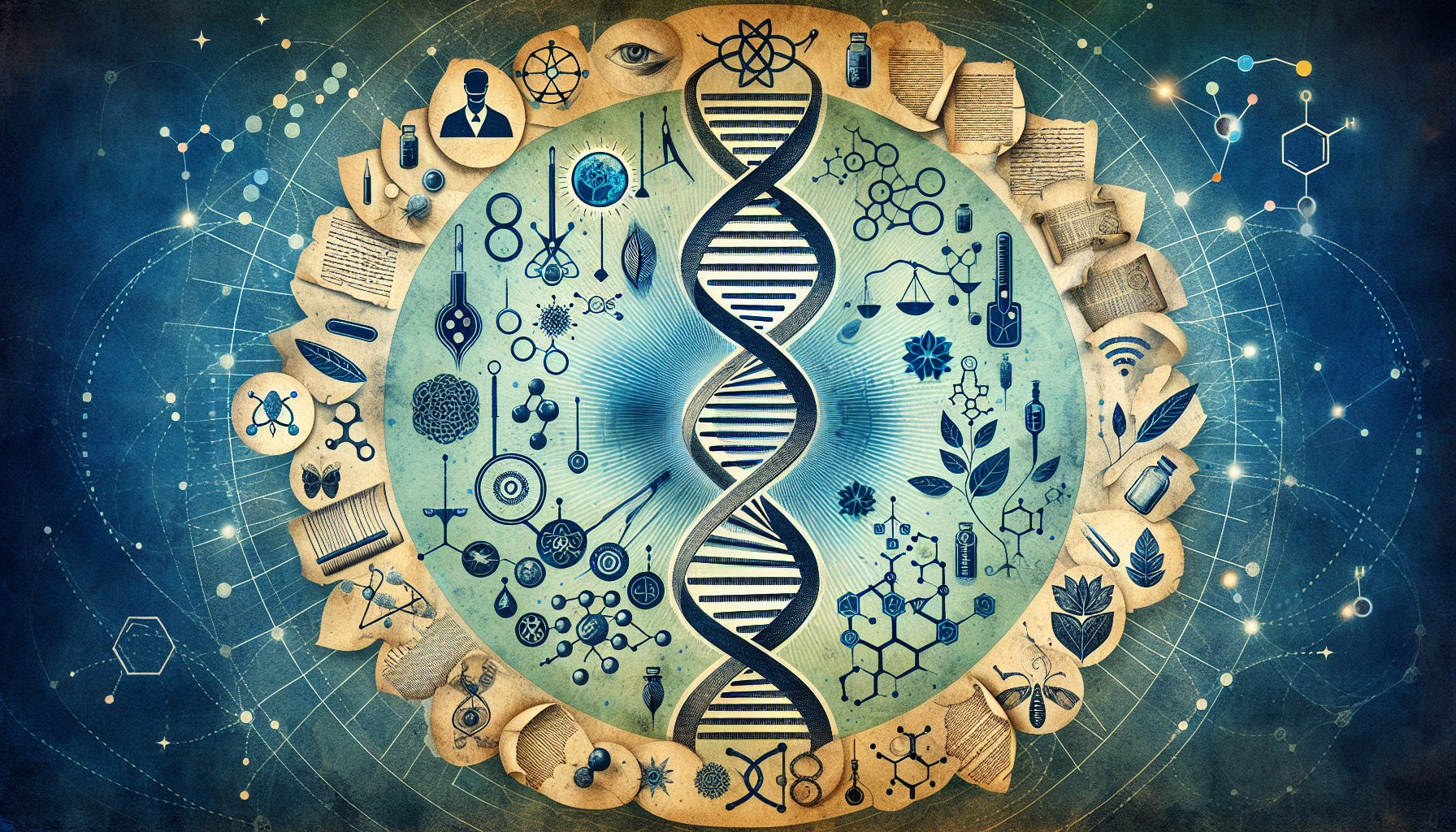Understanding Desire in the Age of Ozempic: A Modern Journey Through Ancient Wisdom
Have you ever wondered about the nature of desire and how it influences our daily lives? Many people find themselves chasing cravings that range from food to shopping. However, the landscape of managing these desires is changing, especially with the introduction of GLP-1 drugs like Ozempic. Intriguingly, these medications are sparking conversations that intertwine modern medicine with ancient philosophies.
Discovering A New Path
Recently, I embarked on a unique journey that took me two hours north of Brooklyn to the serene Blue Cliff Monastery in Pine Bush, New York. My goal was to explore the essence of human desire, guided by Sister True Vow, a wise Buddhist nun with deep insights into the human condition. Our discussion led me to a fascinating intersection between spiritual enlightenment and modern pharmacology, specifically concerning the effects of GLP-1 drugs on desire.
The GLP-1 Revolution
Ozempic and its kin, such as Wegovy and Mounjaro, have transformed lives by curbing cravings for food, alcohol, tobacco, and more. This ability to chemically suppress desire has given many users a glimpse into a life free from constant longing. But as these medications gain popularity, affecting roughly one in eight Americans, they raise questions about what it means to live without desire.
The Science of Wanting
The neuroscientific community provides some clarity: desire is driven by dopamine, a neurotransmitter that distinctly separates the concepts of wanting and liking. This separation explains why you might chase after something you don’t end up enjoying, an all-too-common experience in the cycle of craving.
For some taking these medications, this sudden dissolution of cravings can feel liberating. But is this chemical enlightenment truly fulfilling? While some users revel in their newfound freedom, others report a sense of emptiness or a lack of engagement in activities they once loved.
A Modern Dilemma
Anna, a 51-year-old marketing professional, is one such individual feeling the unintended emotional side effects of GLP-1 drugs. Her story resonates with many who experience a loss of motivation and pleasure, known as avolition. This psychological shift is not without precedent; changes in dopamine levels have long been linked to altered states of mood and want.
Finding the Middle Way
As daunting as it sounds, the experience of releasing attachment to desire presents an opportunity for reflection—and a potential path to freedom. Sister True Vow reminded me of Buddhism's Middle Way, where balance is key. Rather than completely renouncing desires, enlightenment calls for an awareness of them, allowing us to engage with what we want in a mindful and meaningful way.
As more people experience the effects of GLP-1 drugs, there's an emerging dialogue between the rush of modern life and the contemplative insights drawn from ancient practices. The journey becomes about finding a new center, one that acknowledges our cravings but does not let them rule us.
In the end, what does the chemistry-induced quieting of desire tell us? It is a reminder that while liberation from constant wanting can be freeing, fulfillment often lies in understanding and harmonizing our desires rather than suppressing them. This nuanced relationship with desire continues to challenge and inspire us to find new ways of living fully in the present.
By exploring these intersections, we are reminded of the wisdom that has stood the test of time—and how it can guide us through the complexities of modern existence.


